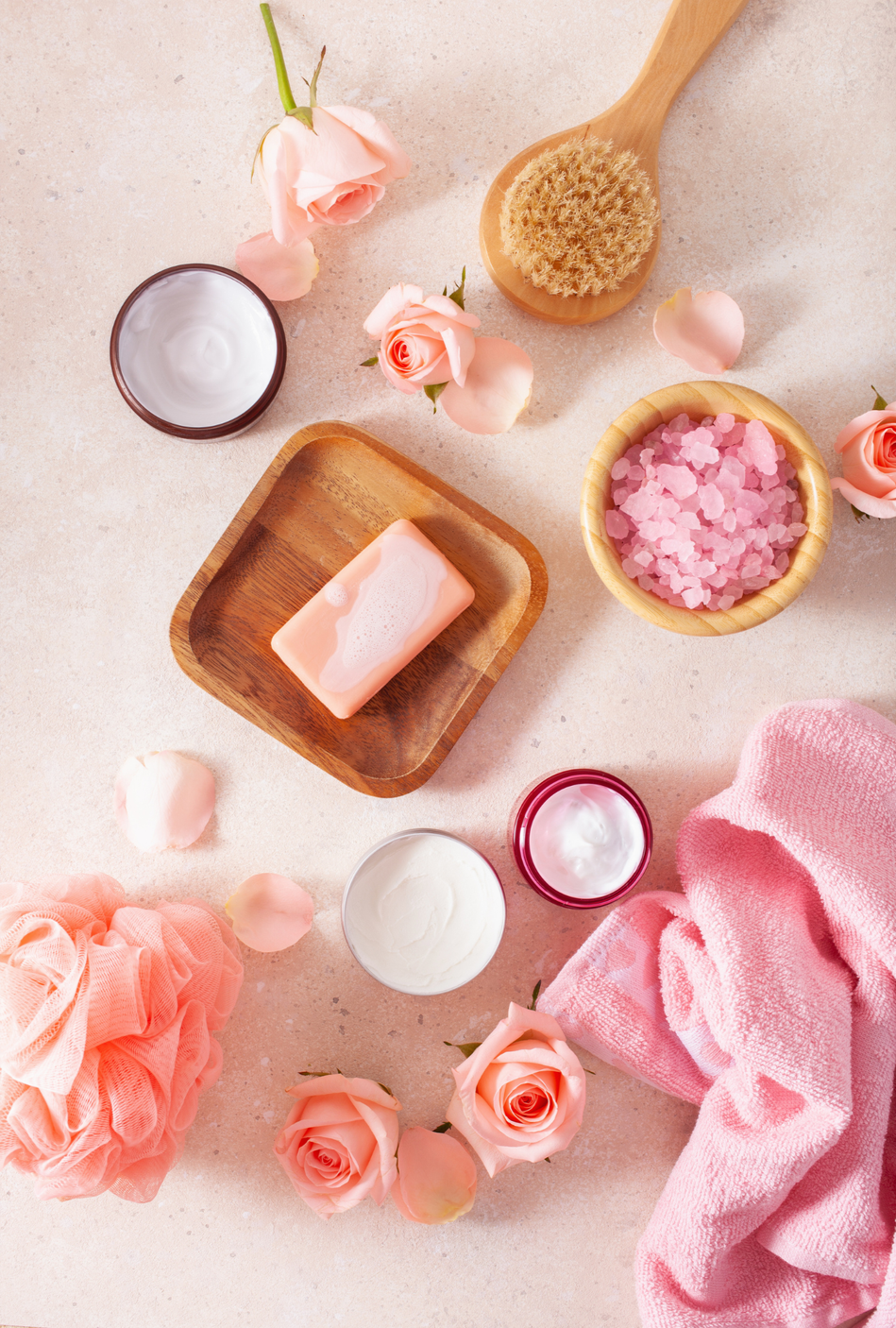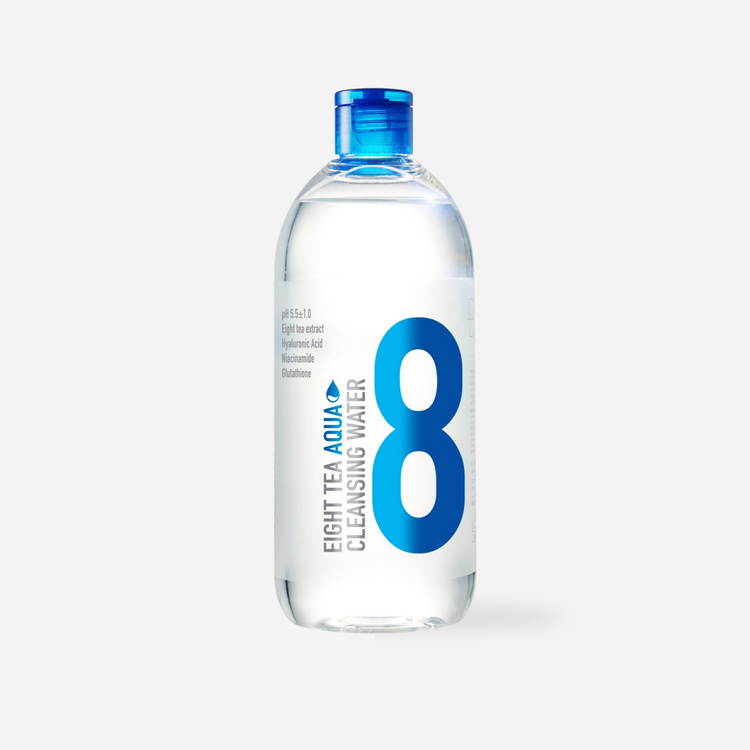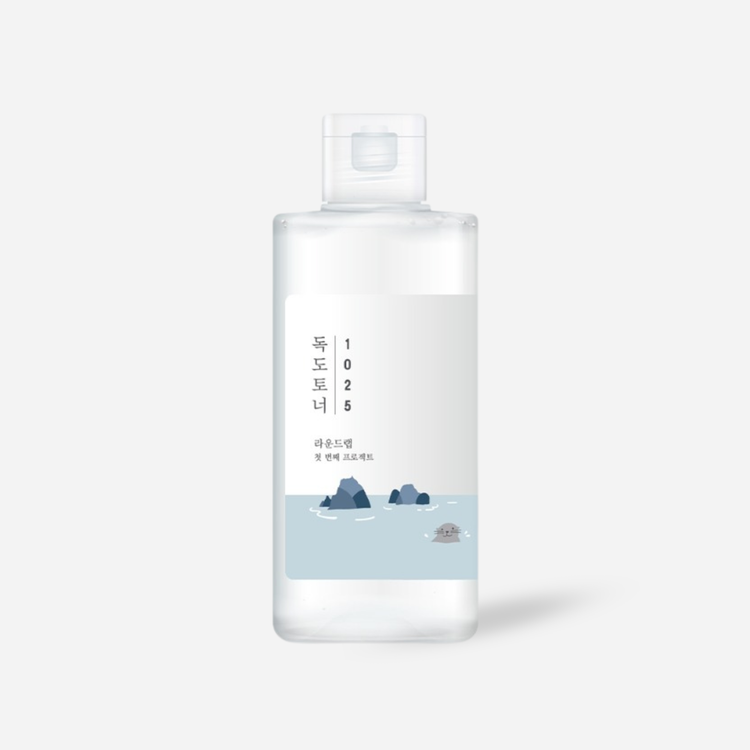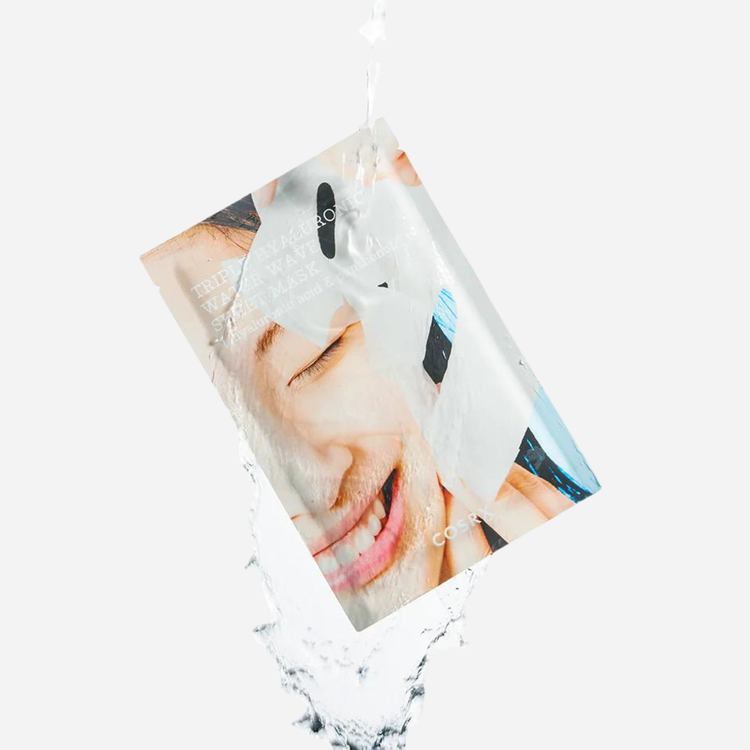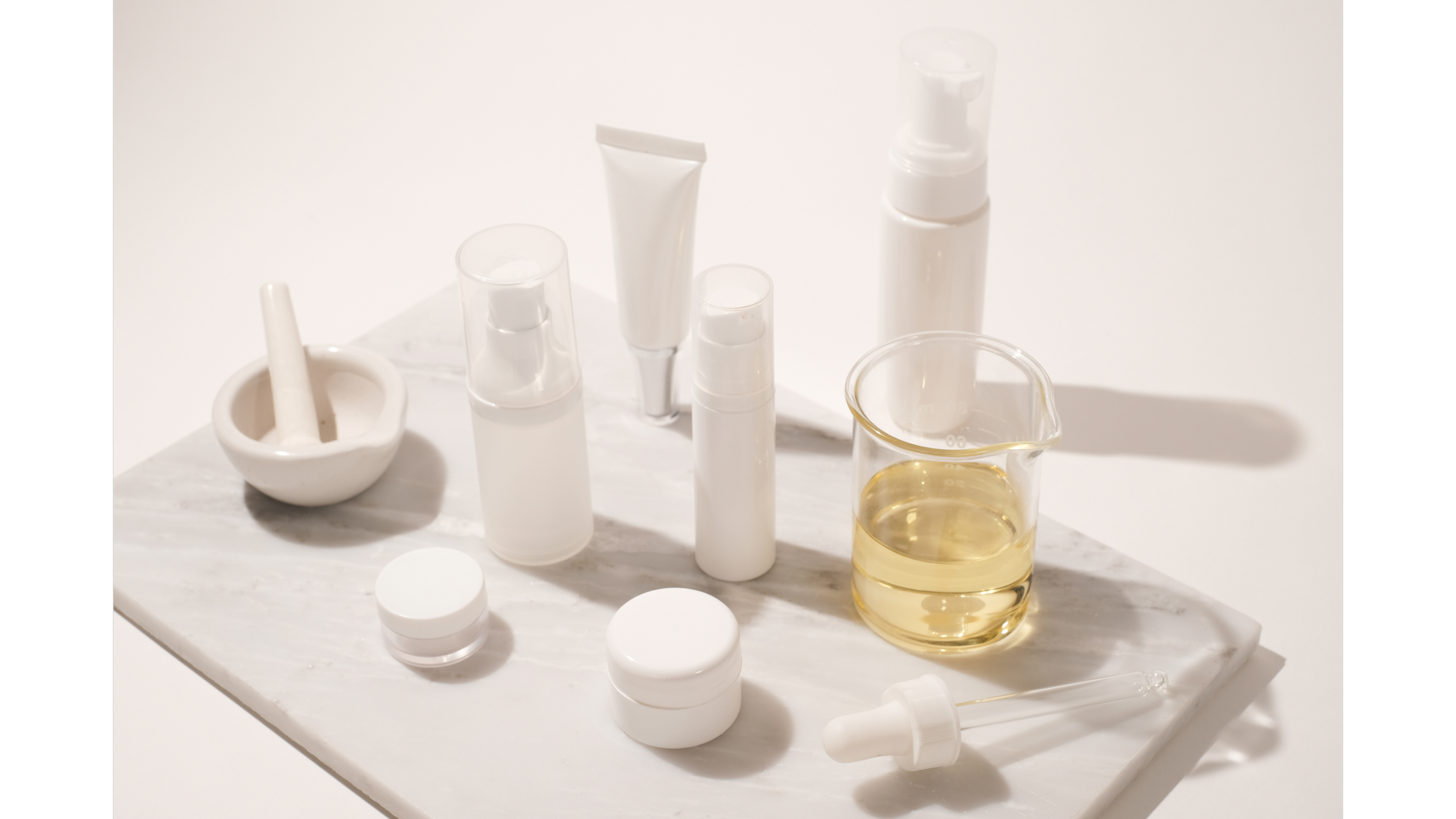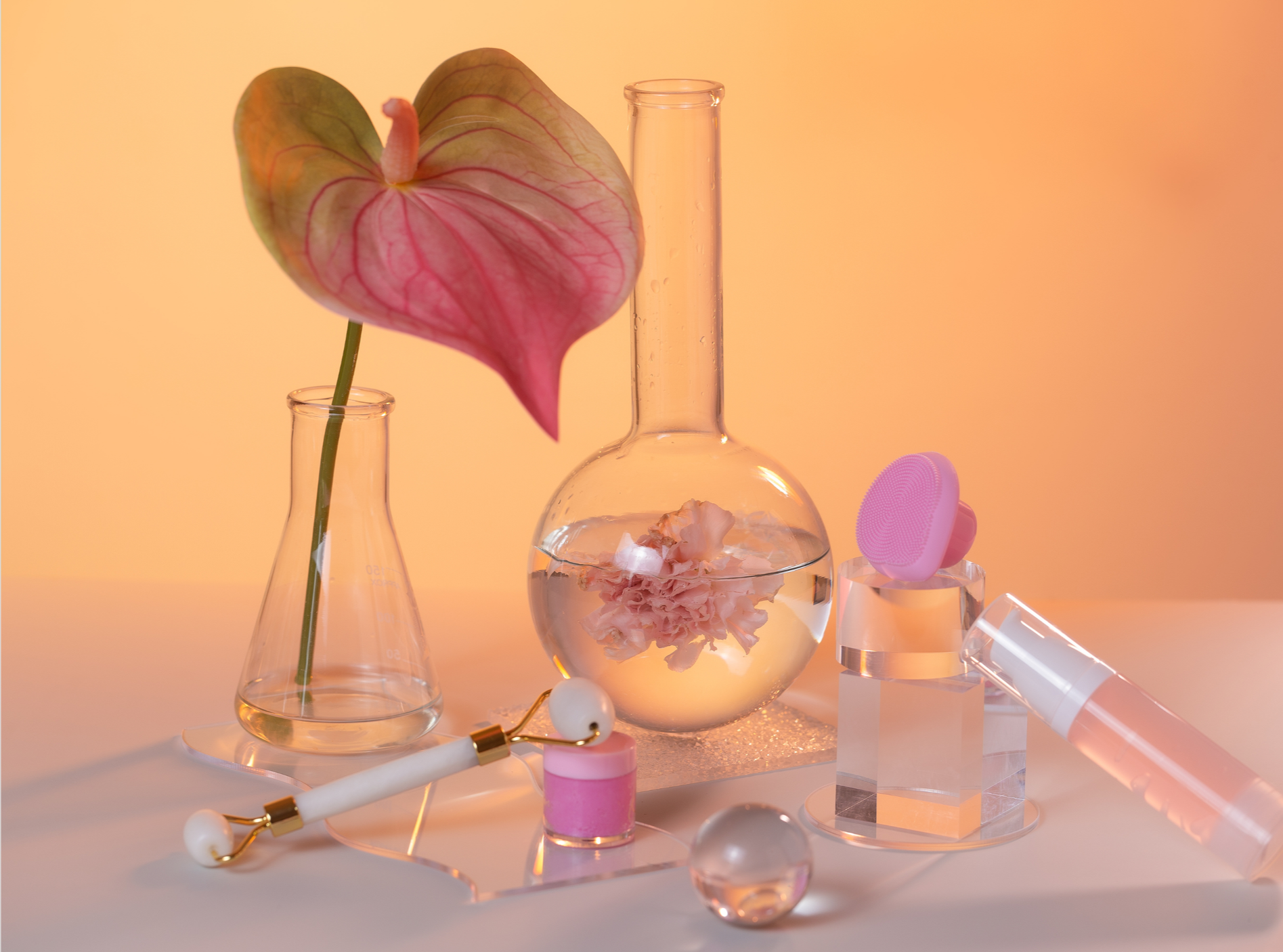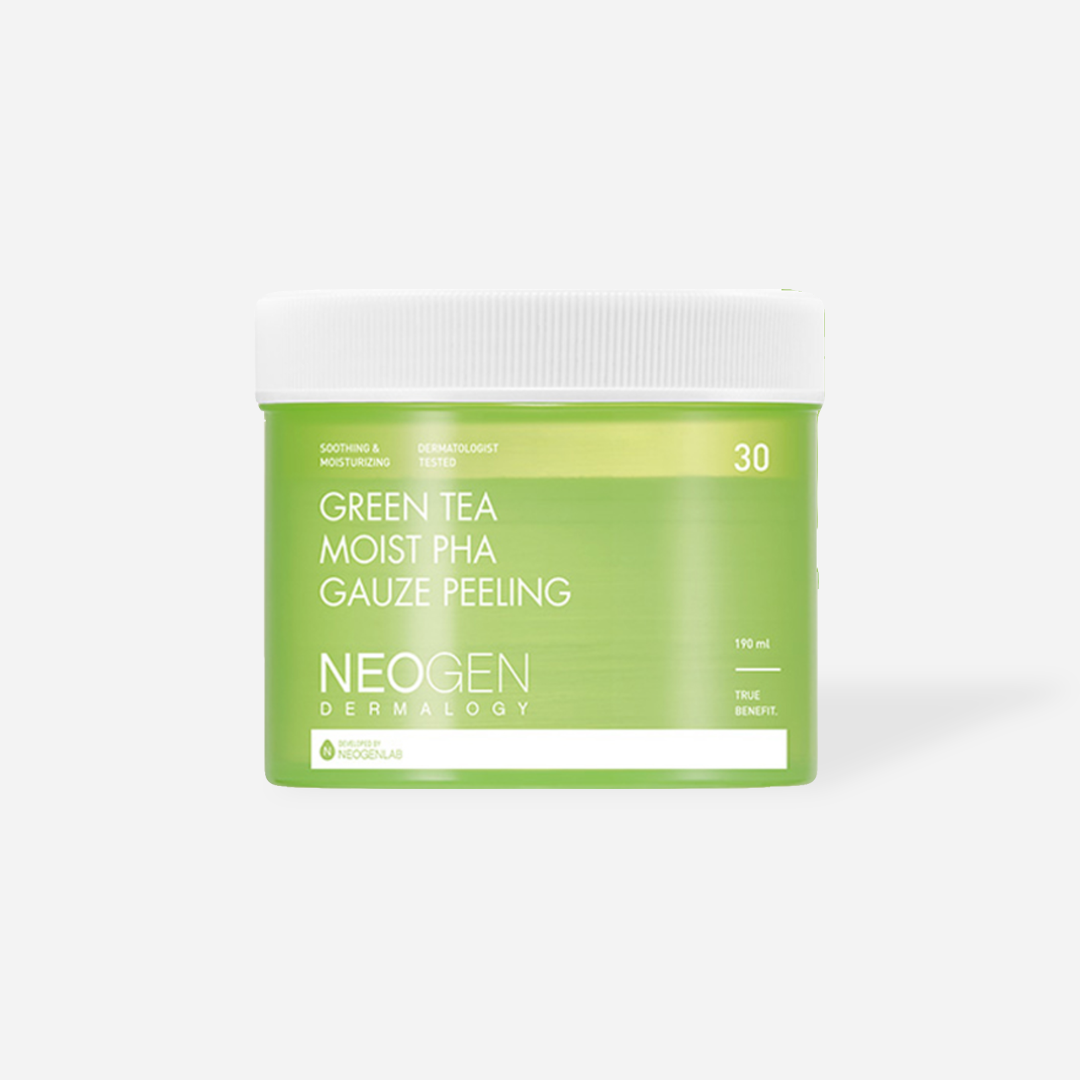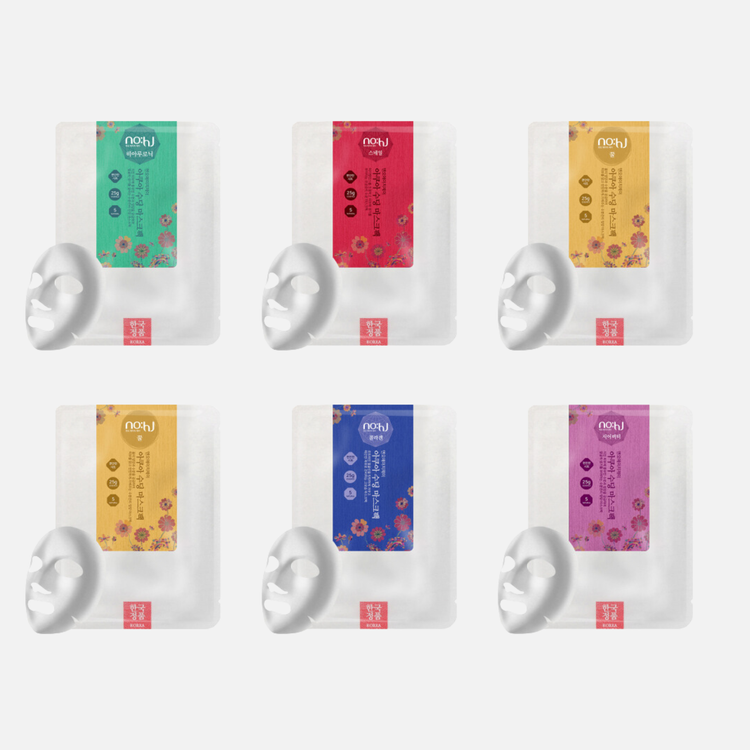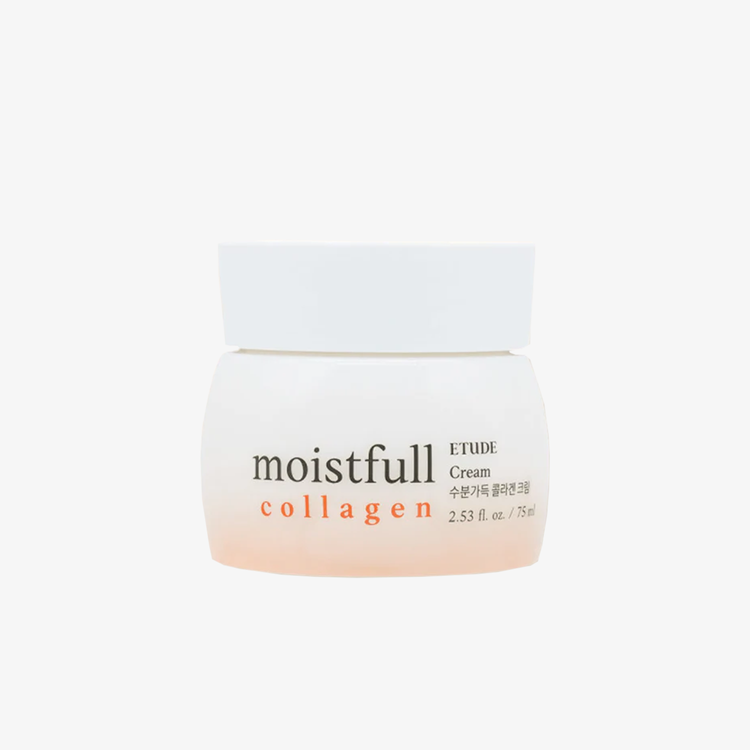
Deep Dive Into Dew: Unlocking Skin Hydration
hydration
Quench. Plump. Glow.
When your skin feels tight, flaky, or dull, it's often crying out for hydration.
But achieving and maintaining that bouncy, radiant complexion takes more than just a splash of water.
From understanding your skin’s moisture barrier to choosing the right humectants and occlusives, building a hydration-focused routine is key to smoother, softer, and more resilient skin.
Whether you’re battling dry patches or simply want that coveted glass-skin glow, the right products and practices can transform your skin from parched to plush.
Moisture Matters: Your Most-Asked Questions on Skin Hydration
Everything you’ve been curious about when it comes to keeping your skin hydrated.
-
Not necessarily. Oily skin can still be dehydrated. Oil (sebum) and water (moisture) are different — skin often overproduces oil to compensate for a lack of water. Use lightweight, water-based hydrating products to restore balance.
-
Hydration adds water to your skin, while moisturizing locks that water in. Ingredients like hyaluronic acid hydrate, while creams with ceramides or squalane seal in the moisture.
-
Signs include dullness, tightness, fine lines (especially on the forehead or under the eyes), and increased sensitivity. Dehydration can affect all skin types — even acne-prone.
ISNTREE Ultra-low Molecular Hyaluronic Acid Toner 300ml
Nature Republic Super Aqua Max Moisture Watery Cream 80ml
haruharu wonder Black Rice Hyaluronic Toner Free of Alcohol Fragrance 150ml
COSRX The Hyaluronic Acid 3 Serum 20g
Laneige Water Sleeping Mask 70ml
Nature Republic Shea Butter Ultra Steam Cream 100ml
-
Apply hydrating toners, essences, and serums immediately after cleansing, while your skin is still damp. This helps draw in and retain moisture more effectively.
-
Yes. Even in humidity, factors like air conditioning, sun exposure, and cleansers can strip your skin of moisture. Lightweight hydrating layers help maintain skin balance.

Hydration Myths: Busted
Don’t let these skincare myths dry you out.
-
While internal hydration is important, your skin needs topical hydration to truly thrive. Drinking water won’t prevent dryness caused by harsh cleansers or cold weather.
-
Every skin type benefits from hydration — even oily or acne-prone skin. The key is using the right formulations that don’t clog pores.
-
Thickness doesn’t always mean effectiveness. Some heavy creams can sit on the surface without truly penetrating. Layering lightweight hydrators can be more effective.




